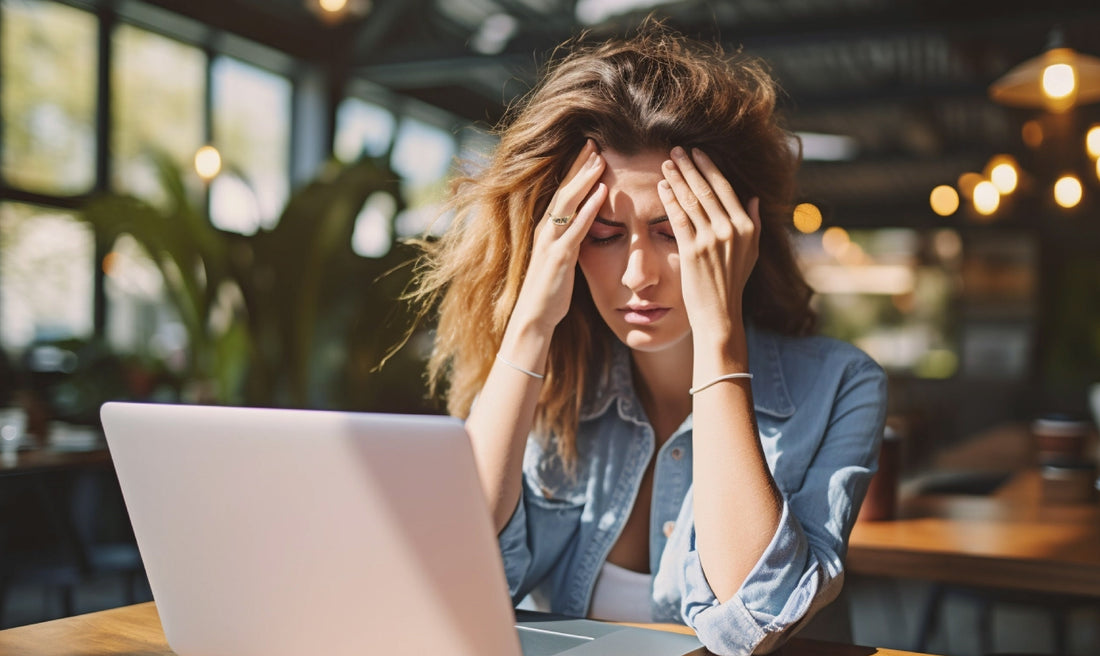- a) Adjust your screen settings: Most electronic devices have options to reduce the amount of blue light emitted. Try adjusting your screen settings to decrease the intensity of blue light or use apps and software that filter blue light.
- b) Use filters or screen protectors: There are blue light filters and screen protectors available on the market that can help reduce the amount of blue light that reaches your eyes. Consider using them on your electronic devices, especially if you spend a lot of time in front of screens.
- c) Take regular breaks: It is important to take regular breaks when using electronic devices for long periods. The 20-20-20 rule is helpful: Every 20 minutes, look at something 20 feet away for at least 20 seconds. This helps rest your eyes and reduce eye strain.
- d) Maintain an appropriate distance: between your eyes and the device screen. It is recommended to keep the screen at a distance of at least 25 centimeters and slightly below eye level.
- e) Adequate lighting: Make sure you have adequate lighting in the room where you are using electronic devices. Avoid rooms that are too dark or too bright, as this can increase eye fatigue.
- f) Consider wearing glasses with blue light protection: If you spend a lot of time in front of screens, you can talk to an eye health specialist about glasses with blue light protection coating. These glasses can help filter blue light and reduce eye strain.
- g) Maintain good eye hygiene: Do gentle eye exercises, blink regularly to keep your eyes hydrated and make sure you have good eye hygiene in general.

